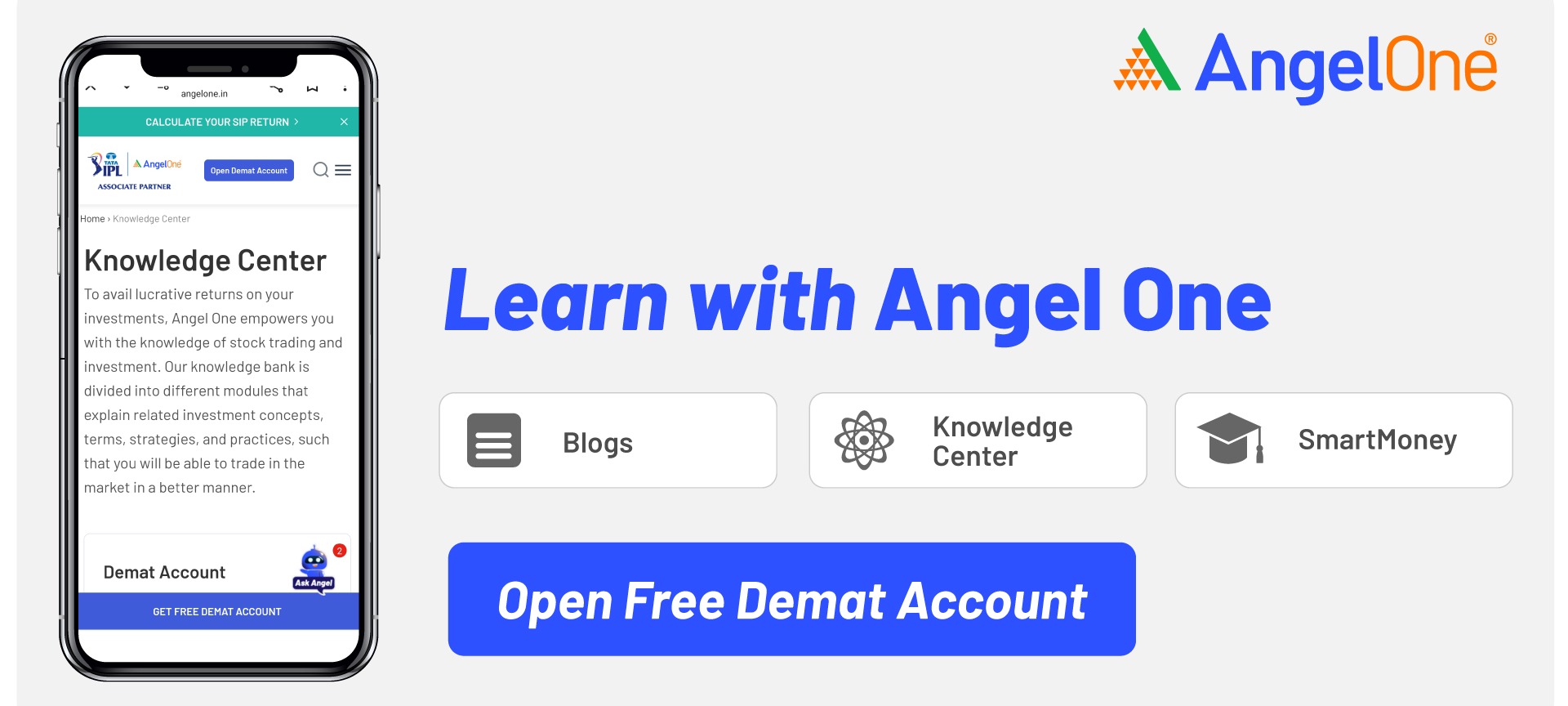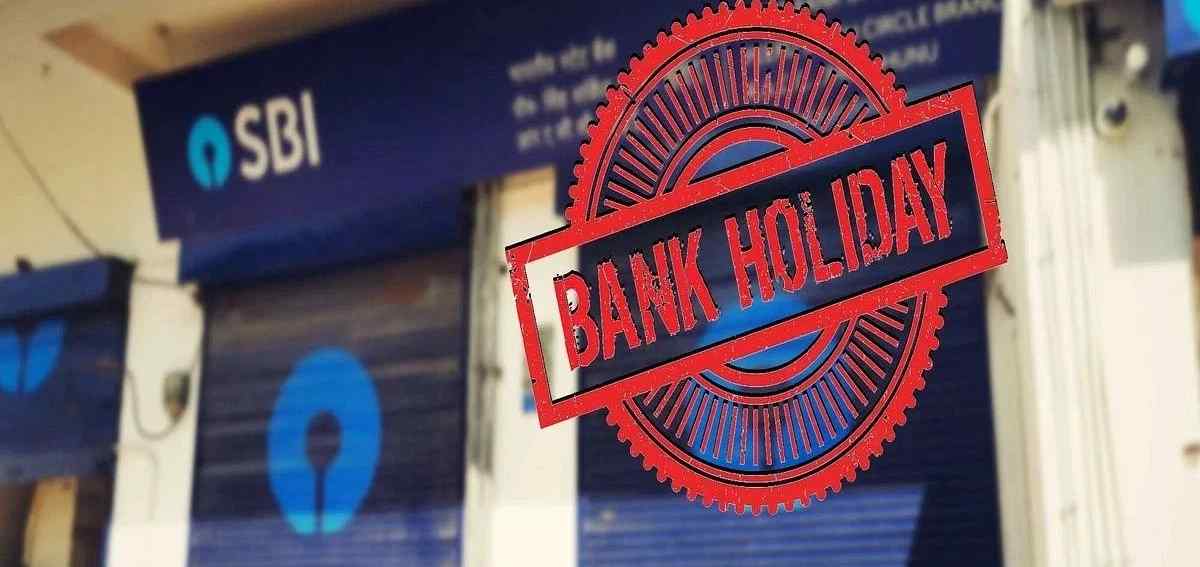
India’s peer-to-peer (P2P) lending industry is facing a major challenge after the Reserve Bank of India (RBI) imposed strict new rules that could disrupt the sector. The RBI on Friday banned several practices that helped P2P platforms thrive, such as offering guaranteed returns, instant withdrawals, and promoting P2P lending as an investment option.
These platforms, which were meant to connect lenders with borrowers, were often operating like banks, according to the RBI’s revised guidelines, which take effect immediately.
As a result, individuals who lent money on these platforms expecting to withdraw their funds anytime may be in for a shock. P2P companies and their fintech partners are now scrambling to comply with the new regulations.
The P2P lending industry in India had grown rapidly in recent years, with about 1-1.5 million lenders contributing an estimated ₹10,000 crore. Major players include Liquiloans, RupeeCircle, India P2P, and Faircent.
Partnerships with fintech companies like BharatPe and Cred fueled this growth, with platforms offering returns as high as 12% and 9%, respectively. However, the RBI’s new rules now prohibit these arrangements.
Liquiloans, the largest P2P lending platform in India, said they are assessing the impact and working on the necessary technology changes. Meanwhile, India P2P reportedly halted all deposits and withdrawals, though this has not been officially confirmed.
The RBI’s new rules are designed to return P2P lending to its original purpose: allowing individuals to lend directly to others with loans repaid at the end of their term. Instant withdrawals, where lenders could get their money back before the loan was fully repaid, are now banned. The RBI also mandated that all loan repayments be made through an escrow account and returned to the lender a day after the borrower repays the loan.
Additionally, P2P platforms must now charge fixed fees for their services, rather than profiting from the difference between lending and borrowing rates.
Some industry executives hope the RBI will allow existing loans to continue under the old rules or grant more time to comply with the new regulations. They also suggested that banks or Non-Banking Financial Companies (NBFCs) could buy out the existing loans, but this would require negotiations and consent from all parties involved.
Previously, the RBI had also banned first loss default guarantees (FLDG) offered by some fintech partners of P2P NBFCs.
Disclaimer: The views and investment tips expressed by investment experts on Sharepriceindia.com are their own and not those of the website or its management. Sharepriceindia.com advises users to check with certified experts before taking any investment decisions.









